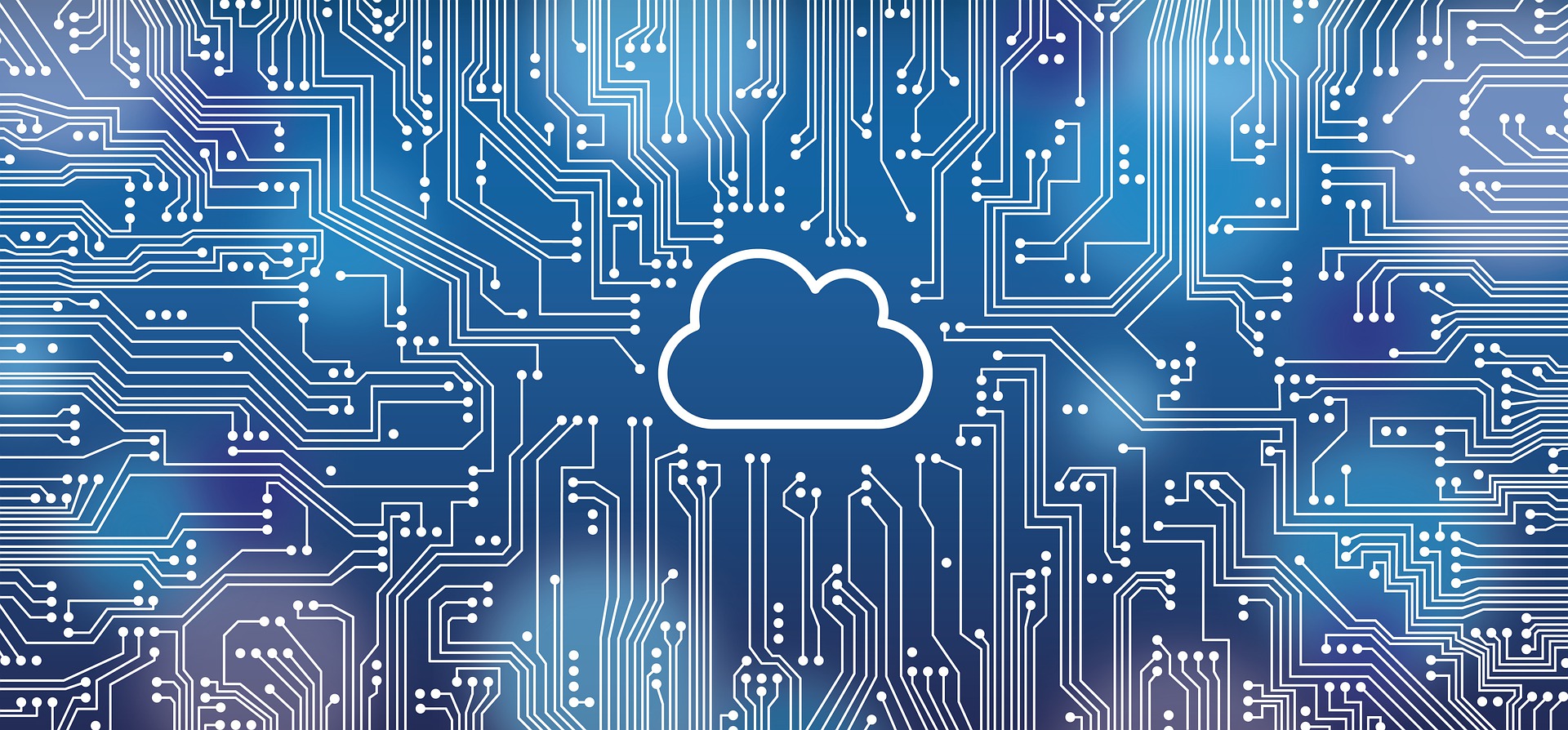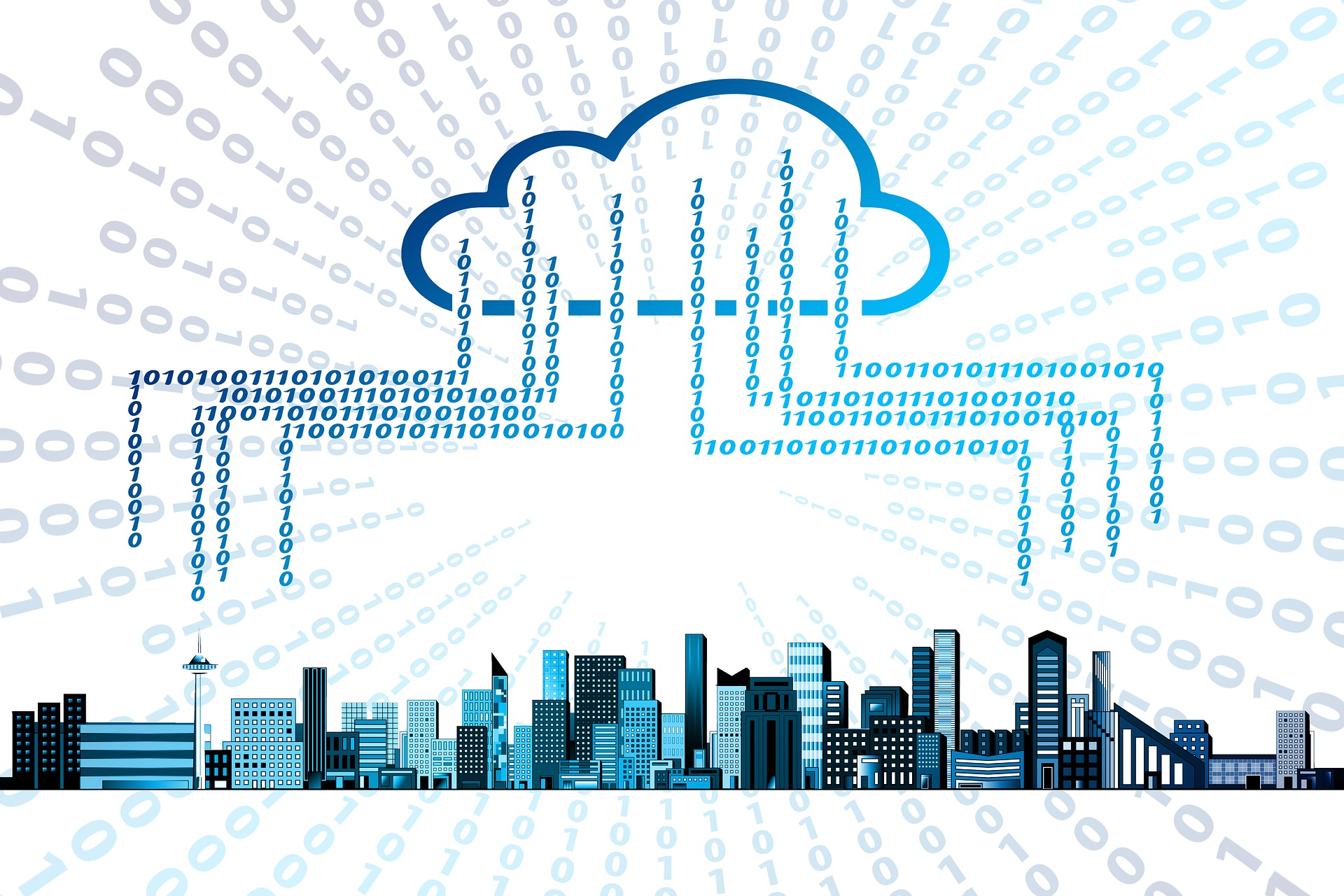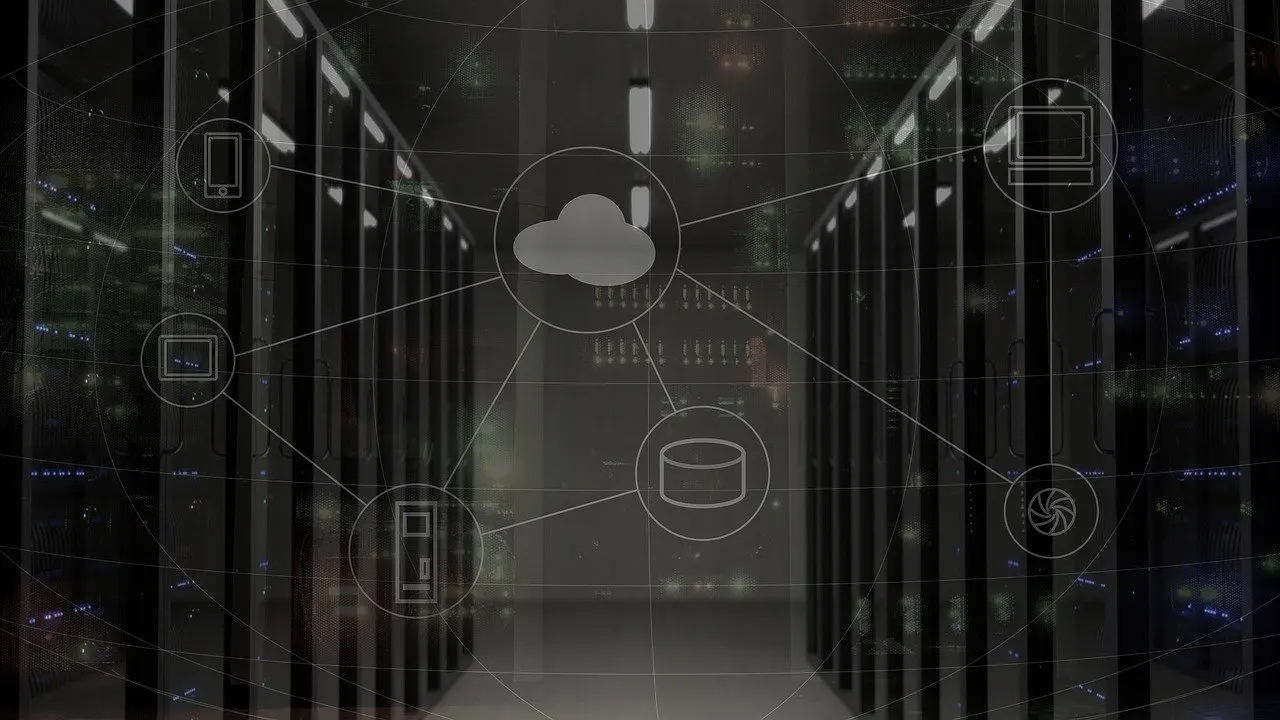In an era where digital transformation is no longer optional but essential, cloud computing stands at the forefront of innovation. For business leaders and tech enthusiasts alike, distinguishing between Infrastructure as a Service (IaaS), Platform as a Service (PaaS), and Software as a Service (SaaS) is key to leveraging the full potential of the cloud. Each model offers a unique approach to solving business challenges, from enhancing operational efficiency to fostering creativity and collaboration. This article explores the fundamental differences between IaaS, PaaS, and SaaS, providing insights that will inspire and inform your journey towards a more dynamic and resilient digital future.
What is IaaS?
Infrastructure as a Service (IaaS) is a cloud computing model that provides virtualized computing resources over the internet. It offers businesses the flexibility to rent IT infrastructure—such as servers, storage, and networking—on a pay-as-you-go basis, eliminating the need for costly on-premises hardware. IaaS empowers organizations to scale their infrastructure dynamically, responding swiftly to changing demands without the burden of managing physical hardware. This model is particularly beneficial for businesses seeking to maintain control over their applications and operating systems while offloading the complexities of physical infrastructure management to the cloud provider. By leveraging IaaS, companies can focus on innovation and growth, confident in the knowledge that their infrastructure is robust, secure, and adaptable.
What is PaaS?
Platform as a Service (PaaS) is a cloud computing model that provides a comprehensive environment for developing, testing, and deploying applications. It abstracts the underlying infrastructure, allowing developers to focus on writing code and creating innovative solutions without worrying about managing servers, storage, or networking. PaaS offers a suite of tools and services, including development frameworks, databases, and middleware, which streamline the application development process and accelerate time-to-market. This model is ideal for businesses aiming to foster collaboration among development teams, enhance productivity, and reduce the complexity of application lifecycle management. By adopting PaaS, organizations can harness the power of the cloud to drive innovation and deliver high-quality applications efficiently.
What is SaaS?
Software as a Service (SaaS) is a cloud computing model that delivers software applications over the internet on a subscription basis. It allows users to access and use applications from any device with an internet connection, eliminating the need for installation, maintenance, and management of software on individual devices. SaaS offers businesses the advantage of scalability, automatic updates, and reduced IT overhead, making it an attractive option for organizations seeking to streamline operations and enhance productivity. This model is particularly beneficial for companies looking to provide employees with seamless access to essential tools and services, fostering collaboration and efficiency across the enterprise. By embracing SaaS, businesses can focus on their core activities, confident that their software needs are met with reliability and ease.
IaaS vs PaaS vs SaaS: What’s the Difference?
Understanding the differences between IaaS, PaaS, and SaaS is crucial for businesses aiming to leverage cloud computing effectively. Each model offers distinct features and benefits tailored to various business needs. Here’s a breakdown of how they differ:
IaaS (Infrastructure as a Service)
- Control and Flexibility: Offers the most control over your IT resources, allowing you to manage applications, data, middleware, and operating systems.
- Scalability: Provides scalable resources, enabling businesses to adjust their infrastructure according to demand.
- Cost-Effectiveness: Eliminates the need for physical hardware, reducing capital expenditures and operational costs.
- Use Cases: Ideal for businesses that require custom applications or have specific infrastructure needs, such as hosting websites or running complex applications.
PaaS (Platform as a Service)
- Development Focus: Provides a platform with tools and services that streamline the development, testing, and deployment of applications.
- Reduced Complexity: Abstracts the underlying infrastructure, allowing developers to focus on coding without worrying about hardware management.
- Collaboration and Productivity: Enhances team collaboration and accelerates the development process with integrated development environments and pre-built components.
- Use Cases: Suitable for businesses looking to develop and deploy applications quickly, especially those with a focus on innovation and rapid iteration.
SaaS (Software as a Service)
- Accessibility and Convenience: Delivers software applications over the internet, accessible from any device with an internet connection.
- Automatic Updates: Ensures that users always have access to the latest features and security updates without manual intervention.
- Cost Savings: Reduces IT overhead by eliminating the need for software installation and maintenance on individual devices.
- Use Cases: Perfect for businesses seeking to provide employees with easy access to essential tools and services, such as email, CRM, or collaboration software.
By understanding these differences, businesses can strategically choose the cloud service model that best aligns with their operational goals and technological needs, paving the way for innovation and growth.
How Can Businesses Choose the Right Model?
Choosing the right cloud service model—whether IaaS, PaaS, or SaaS—requires businesses to carefully evaluate their specific needs, goals, and resources. Start by assessing the level of control and customization your organization requires; IaaS offers the most flexibility, while SaaS provides convenience with minimal management overhead. Consider the nature of your applications and development processes: if rapid development and deployment are priorities, PaaS might be the ideal choice. Additionally, evaluate your budget and IT capabilities; SaaS can reduce costs and simplify IT management, making it suitable for businesses with limited technical resources. Ultimately, aligning your choice with your strategic objectives, scalability needs, and operational capabilities will empower your organization to harness the full potential of cloud computing, driving efficiency and innovation.
What Do Big Companies Use?
Amazon
Amazon, a pioneer in cloud computing, extensively utilizes its own IaaS platform, Amazon Web Services (AWS). AWS provides Amazon with the scalability and flexibility needed to support its vast e-commerce operations and global infrastructure. By leveraging AWS, Amazon can efficiently manage its massive data centers, optimize performance, and innovate rapidly, maintaining its competitive edge in the retail and technology sectors.
Netflix
Netflix relies heavily on AWS for its IaaS capabilities to deliver streaming services to millions of users worldwide. The scalability and reliability of AWS allow Netflix to handle fluctuating demand, ensuring seamless streaming experiences. By using AWS, Netflix can focus on enhancing its content delivery and user experience without the burden of managing physical infrastructure, enabling it to innovate and expand its global reach.
Google utilizes a combination of IaaS, PaaS, and SaaS through its Google Cloud Platform (GCP). GCP provides Google with the infrastructure to support its search engine, advertising services, and other applications. The integration of PaaS and SaaS solutions allows Google to streamline development processes and deliver powerful, scalable applications, reinforcing its position as a leader in technology and innovation.
Microsoft
Microsoft employs its Azure cloud platform, which offers IaaS, PaaS, and SaaS solutions. Azure supports Microsoft’s diverse range of products and services, including Office 365 and Dynamics 365. By using Azure, Microsoft can provide robust cloud services to its customers while enhancing its own operations with scalable infrastructure and advanced development tools, driving growth and efficiency.
Spotify
Spotify leverages Google Cloud Platform (GCP) for its IaaS and PaaS needs, enabling it to deliver music streaming services to millions of users. GCP’s scalability and data analytics capabilities allow Spotify to manage vast amounts of data and personalize user experiences. By utilizing GCP, Spotify can focus on innovation and improving its platform, ensuring a seamless and engaging experience for its global audience.
How Does Cybersecurity Related to IaaS vs PaaS vs SaaS?
Cybersecurity is intrinsically linked to the choice between IaaS, PaaS, and SaaS, as each cloud service model presents unique security considerations and challenges. In an IaaS environment, businesses have greater control over their infrastructure, which means they are responsible for securing applications, data, and operating systems, while the provider secures the underlying hardware. This requires robust internal security measures and expertise. PaaS, on the other hand, abstracts much of the infrastructure management, allowing developers to focus on application security, but it also necessitates trust in the provider’s platform security. SaaS offers the most convenience, with the provider managing most security aspects, but businesses must ensure data protection and compliance with regulations. Understanding these nuances is crucial for implementing effective cybersecurity strategies that align with the chosen cloud model, ensuring that digital assets are protected against evolving threats while leveraging the benefits of cloud computing.
Conclusion
In conclusion, understanding the distinctions between IaaS, PaaS, and SaaS is essential for businesses seeking to harness the transformative power of cloud computing. Each model offers unique advantages that cater to different operational needs and strategic goals, from the flexibility and control of IaaS to the streamlined development processes of PaaS and the convenience of SaaS. By carefully evaluating these options, organizations can make informed decisions that align with their growth objectives, optimize resource allocation, and enhance their competitive edge. As demonstrated by industry leaders like Amazon, Netflix, and Google, the right cloud strategy can drive innovation, scalability, and efficiency, empowering businesses to thrive in an increasingly digital world. Embracing the right cloud service model is not just a technological choice but a strategic move toward a more agile and resilient future.
Final Thoughts
Are you equipped to navigate the challenges of today’s cybersecurity environment? At Buzz Cybersecurity, we are devoted to offering superior solutions that shield your organization from the latest cyber threats. Our all-inclusive defense strategies encompass managed IT services, state-of-the-art cloud solutions, and effective ransomware protection. With our expert team supporting you, your digital assets will be fortified, ensuring your business remains robust and resilient in the face of today’s ever-changing cybersecurity landscape.






